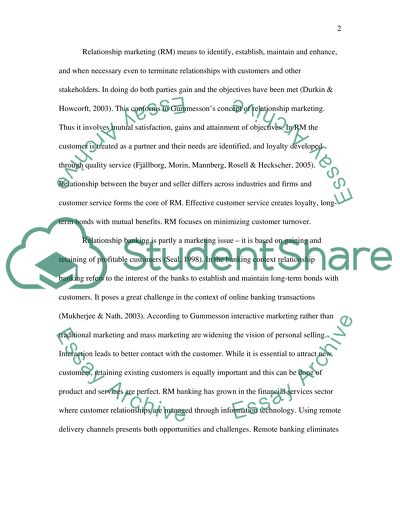Cite this document
(Relationship Banking Essay Example | Topics and Well Written Essays - 1500 words, n.d.)
Relationship Banking Essay Example | Topics and Well Written Essays - 1500 words. https://studentshare.org/finance-accounting/1540325-relationship-banking
Relationship Banking Essay Example | Topics and Well Written Essays - 1500 words. https://studentshare.org/finance-accounting/1540325-relationship-banking
(Relationship Banking Essay Example | Topics and Well Written Essays - 1500 Words)
Relationship Banking Essay Example | Topics and Well Written Essays - 1500 Words. https://studentshare.org/finance-accounting/1540325-relationship-banking.
Relationship Banking Essay Example | Topics and Well Written Essays - 1500 Words. https://studentshare.org/finance-accounting/1540325-relationship-banking.
“Relationship Banking Essay Example | Topics and Well Written Essays - 1500 Words”. https://studentshare.org/finance-accounting/1540325-relationship-banking.


